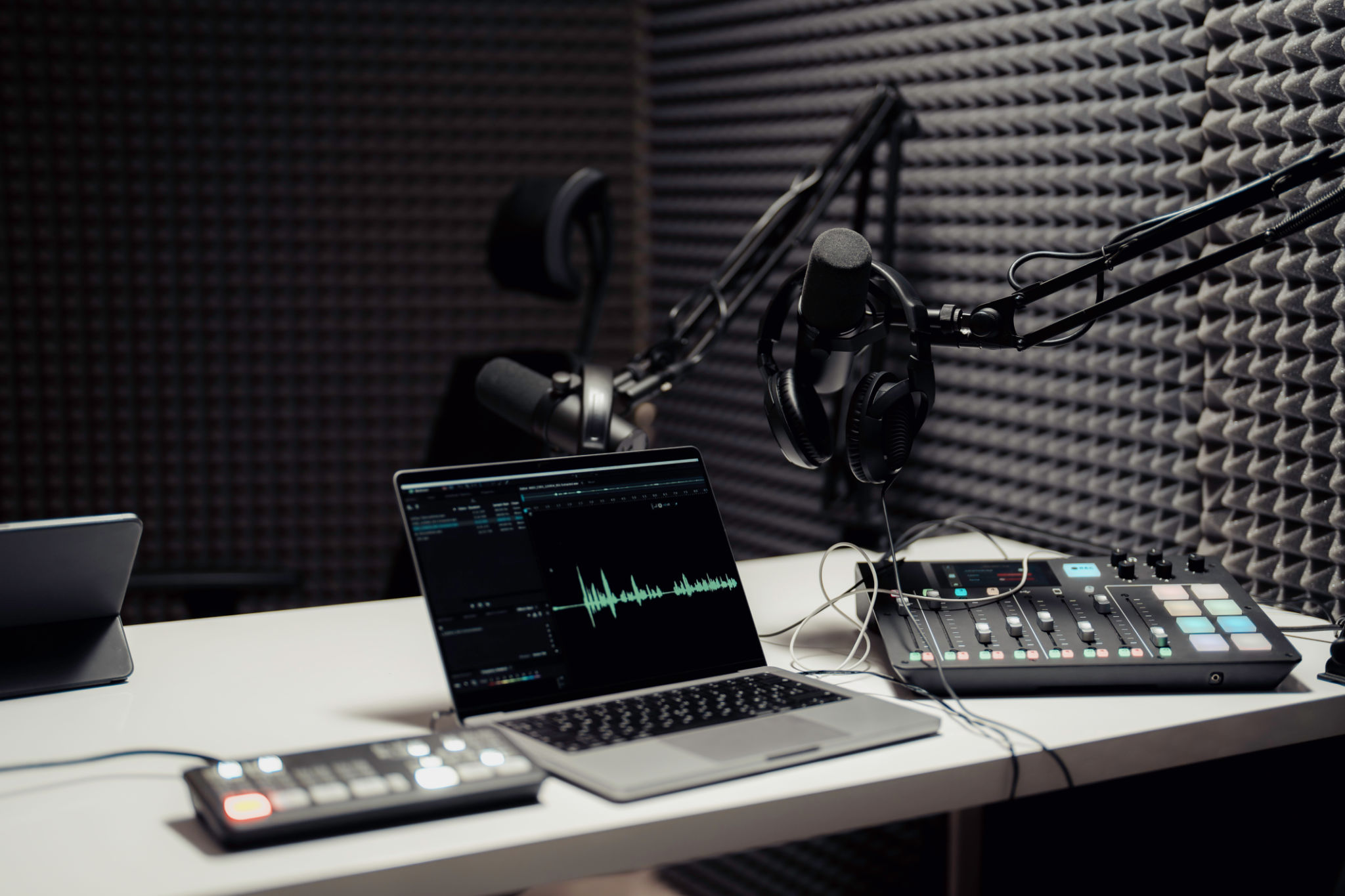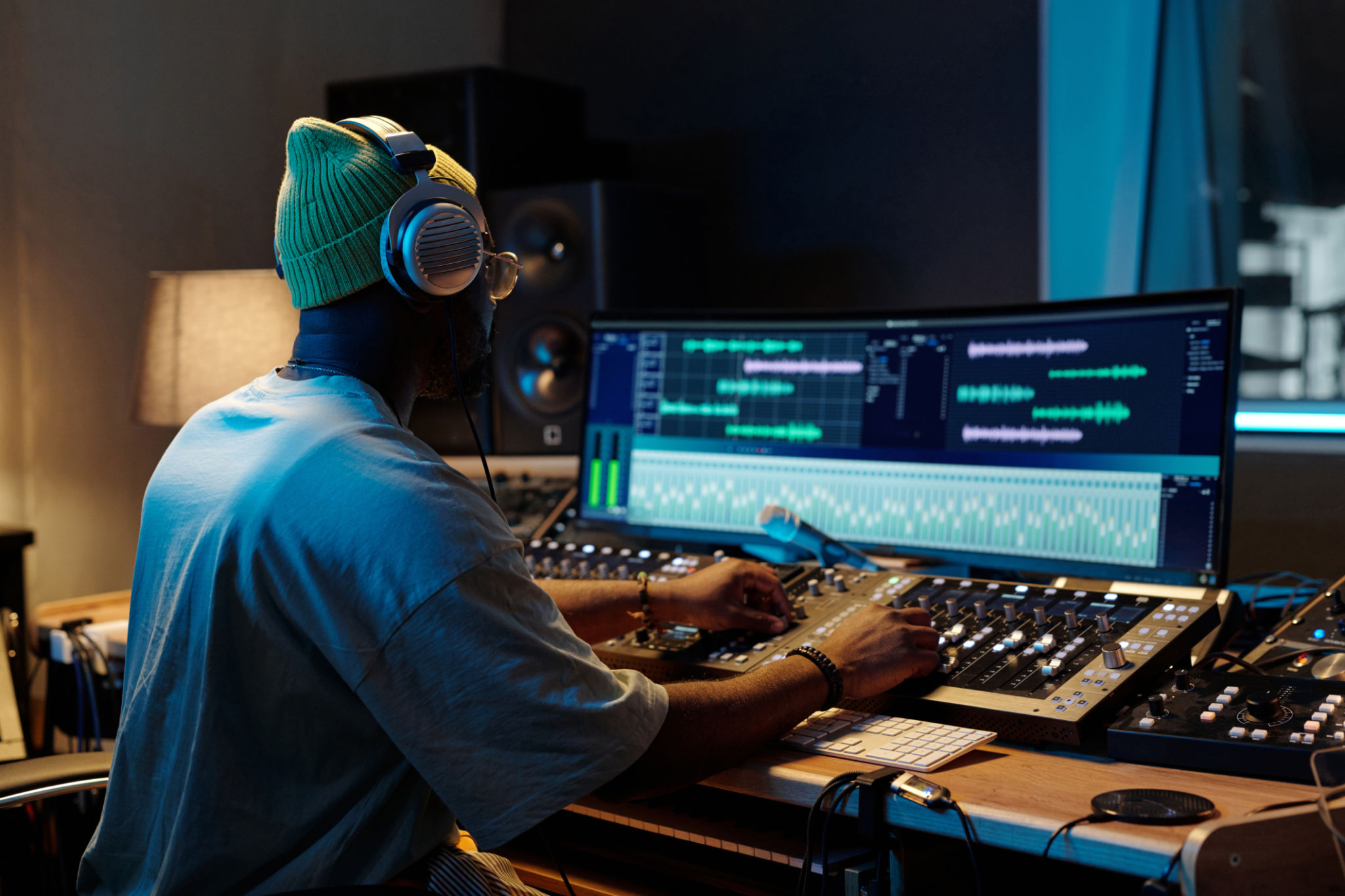How to Choose the Right Audio Equipment for Your Home Studio
Understanding Your Studio Needs
When setting up a home studio, the first step is to identify your specific needs. Are you focusing on music production, podcasting, or voice-over work? Each purpose may require different equipment. For instance, a music producer might prioritize high-quality monitors and a MIDI keyboard, while a podcaster might focus on microphones and acoustic treatment. Understanding your goals will guide your equipment choices.
Consider the size and acoustics of your room as well. A smaller room may need fewer acoustic panels, whereas a larger space might require more significant modifications to ensure optimal sound quality. Assessing these factors before purchasing can save you time and money in the long run.

Essential Audio Equipment
Microphones
The microphone is a critical piece of equipment in any home studio. For vocals, a condenser microphone is often preferred due to its sensitivity and range. However, dynamic microphones can be ideal for capturing loud instruments or if your studio lacks soundproofing. It’s important to choose a microphone that suits the type of work you’ll be doing most frequently.
Audio Interfaces
An audio interface acts as the bridge between your computer and other audio equipment. It converts analog signals to digital, allowing you to record with high fidelity. When choosing an audio interface, consider the number of inputs and outputs you need and whether it supports your preferred recording software. A high-quality audio interface ensures that your recordings are clear and professional.

Monitors and Headphones
Studio monitors provide an accurate representation of your audio, making them essential for mixing and mastering. Look for monitors that offer a flat frequency response to avoid coloration of sound. Additionally, investing in good quality headphones is crucial for detailed listening, especially in untreated rooms or when recording late at night.
Both open-back and closed-back headphones have their place in a studio setting. Open-back headphones offer a more natural sound and are great for mixing, while closed-back headphones provide isolation, making them suitable for recording sessions.

Acoustic Treatment
A common mistake in home studios is neglecting acoustic treatment. Proper acoustic treatment can dramatically improve the quality of your recordings by reducing unwanted reflections and reverberations. Start with bass traps in the corners of your room and add acoustic panels at reflection points to enhance sound clarity.
While it might be tempting to invest heavily in equipment first, remember that a well-treated room can make even modest gear sound much better. Prioritize acoustic treatment as part of your initial setup.
Budget Considerations
Setting a budget is crucial when choosing audio equipment. It’s easy to overspend on the latest technology, but remember that high cost doesn’t always equal high quality for your specific needs. Prioritize essential items first, and consider purchasing used equipment or bundles to save money.
In addition, keep an eye out for seasonal sales or promotions from reputable music retailers. These can provide significant savings on quality gear without compromising on performance.

Conclusion
Choosing the right audio equipment for your home studio involves careful consideration of your needs, space, and budget. By focusing on essential gear like microphones, audio interfaces, monitors, and acoustic treatment, you can build a functional and efficient home studio setup. Remember to research thoroughly and take time to listen to different equipment before making a decision, ensuring that what you pick aligns well with your creative goals.
